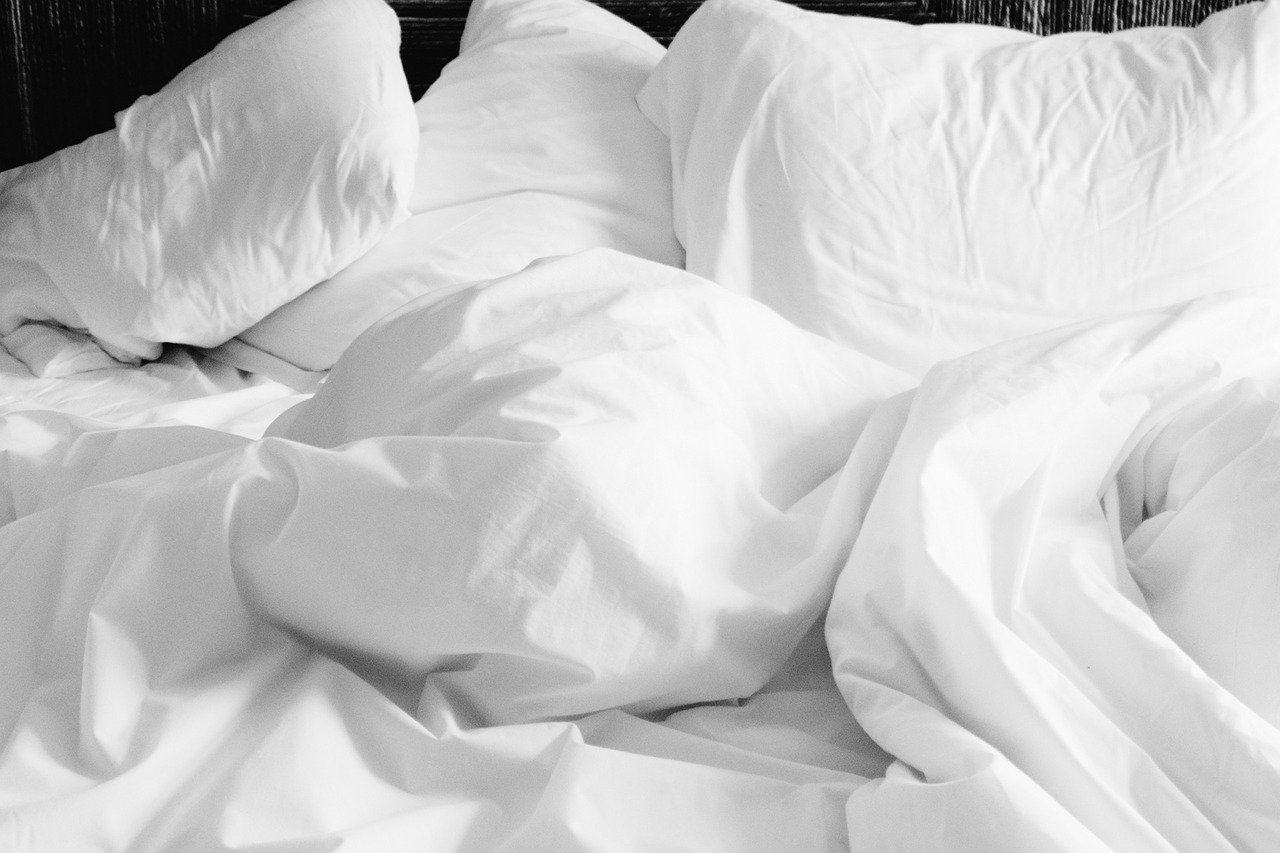Like any medical treatment, whether it be oral medication or physical manipulation, the body experiences both positive and negative side effects. Though most of these side effects are manageable, sleep apnea sufferers using CPAP machines will benefit from the experience with preparation, and knowing what to expect. In this article, we outline the common side effects of using a CPAP machine and how to manage your environment to counteract the more persistent symptoms.
CPAP machine side effects include:
Stuffy, clogged and irritated nasal passage
Due to the dry air pushing through the CPAP machine, most sleep apnea sufferers will attest to a dry, stuffy nose after the initial usage of the device. For those who suffer from allergies, such as hay fever, may find their condition worsen, or cause some scabs in the nose and bleeding. The best way to approach this symptom is by combining the CPAP use with an air humidifier, and a nasal spray for your allergies. Generally, the inclusions of these additions rectify the issue.
Headaches
Especially during the first period of use, sufferers complain of head pressure and even headaches. While some of that sensation may be due to the unusual feeling of wearing a mask at night, it may be due to unreleased pressure from the mask itself. The release of pressure is normally through the body, usually the ear, but blocked ears can stop this process, causing the pressure sensation and headaches. If you are sick, you may need to spend time sleeping without your mask, but you are best to consult your physician about this when the time occurs.
Claustrophobia
For some sufferers, the idea of wearing a mask every night, substantially covering the face, can induce uncomfortable claustrophobic feelings. Thankfully, this specific side effect tends to ease with use, as patients who’ve sustained prolonged CPAP use describe the sensation lessening over time. These particular symptoms require users to exercise patience, as this is simply part of the transition period of using the machine.
Noise adjustments
Depending on your specific machine, you may find yourself adjusting to a light humming or vibration sound, which can keep light sleepers awake. Once again, this is a side effect that requires patience and time to work through, as getting used to the sound will occur over time. However, during your transition phase, aim to place the machine as far from you as possible, or speak to your specialist about other CPAP models available.
Most CPAP machine symptoms are usually short term, and, as sleep apnea sufferers will happily attest to, don’t last longer than a week or two. For a short time required to adjust to the machine, the benefits far outweigh the fine-tuning required.

